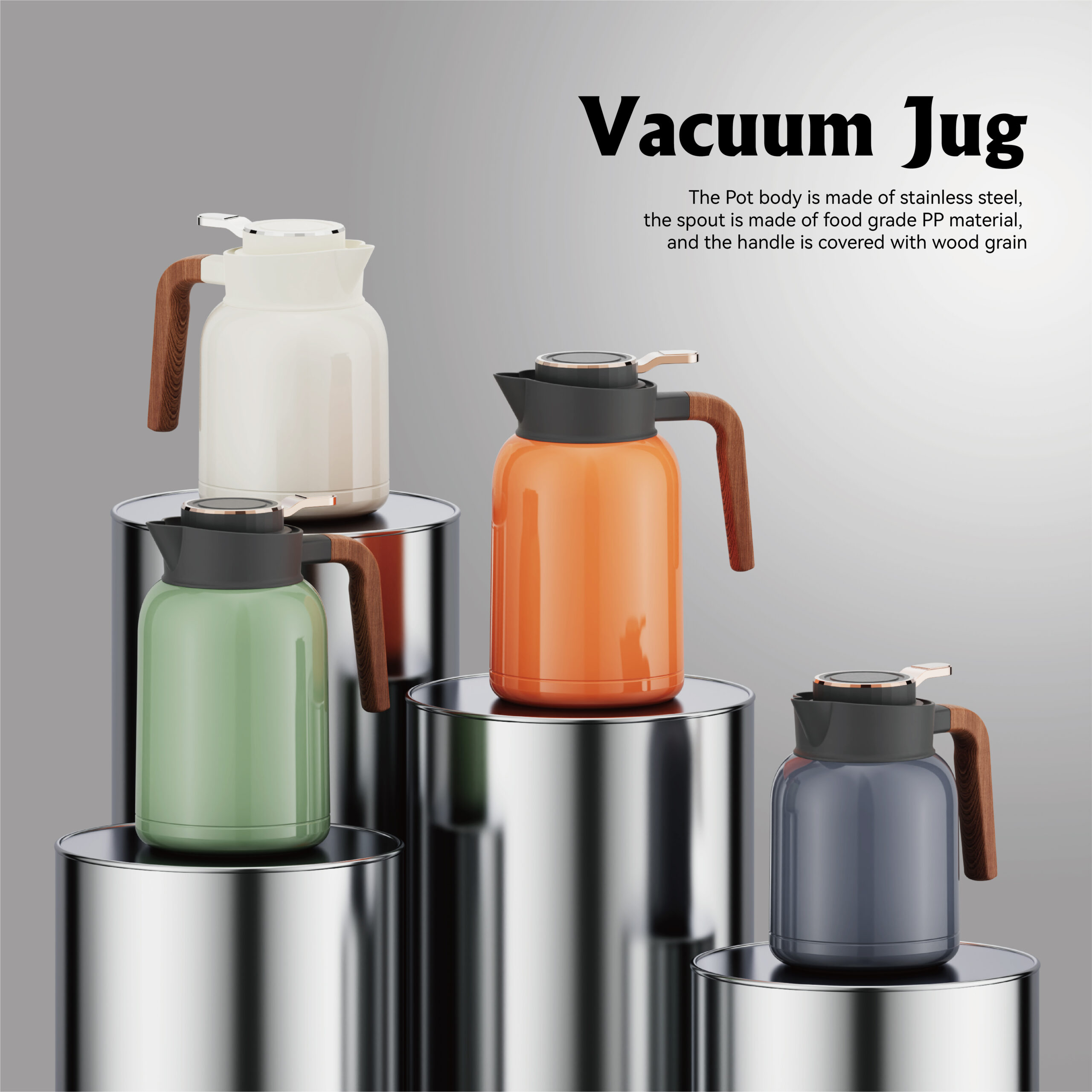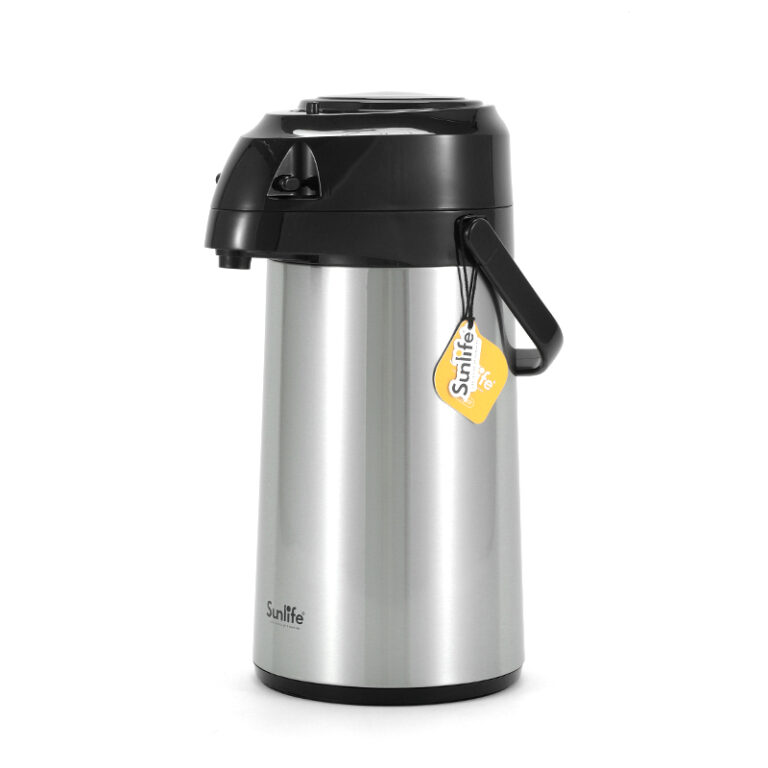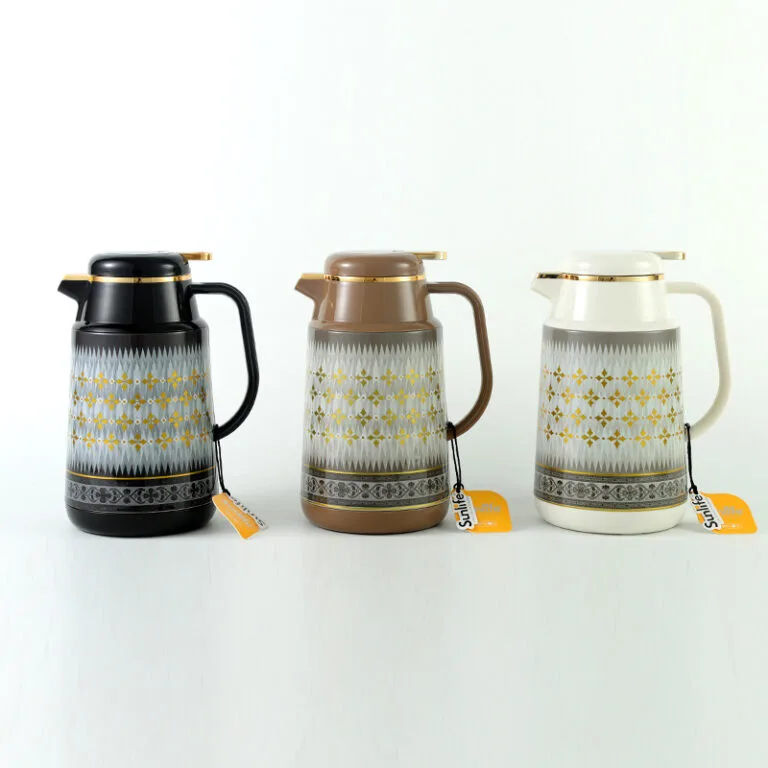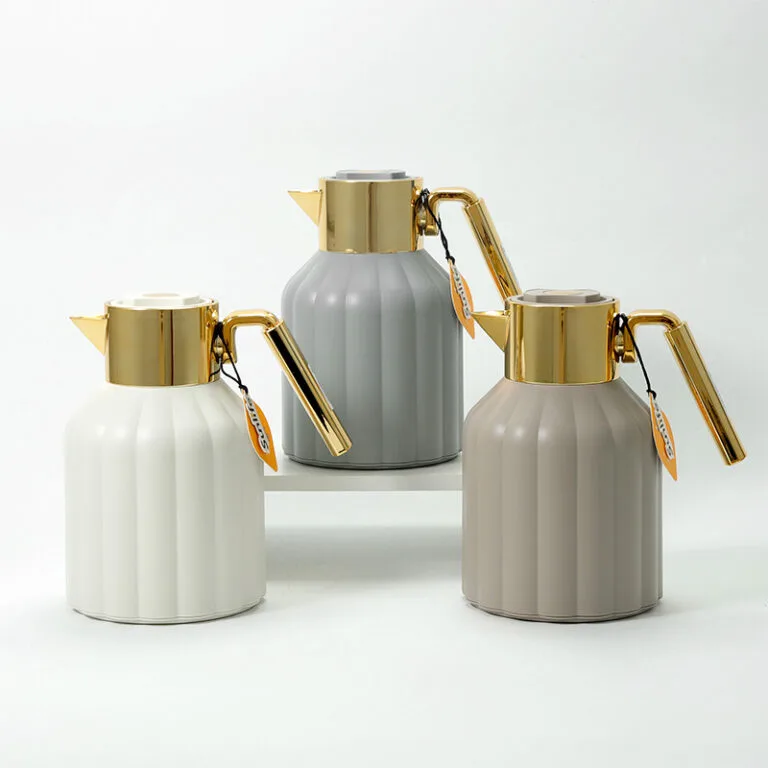Understanding Plastic Coffee Pots
Definition and Composition of Plastic Coffee Pots
Plastic Coffee Pots are on-the-go single-serving coffee containers. Most commonly, these pods contain a pre-measured quantity of coffee grinds; typically, the Coffee Pot is topped with a foil lid which prevents the escape of the flavor and protects it from weathering. The latter is especially important because the type of plastic allows for the creation of tight Coffee Pots which makes it possible to keep the beverage fresh and of good quality. The product is made in such a way because coffee is brewed at quite high temperatures, and the pot should be able to survive this temperature while making fresh coffee. All these advantages have made these Coffee Pots popular among coffee drinkers.
Popularity and Consumer Preferences
The reason for the increasing popularity of plastic Coffee Pots is their convenience along with the growing popularity of single-serve coffee machines. Instead of needing to measure grounds or use filters, consumers can quickly and easily brew a fresh cup of coffee. Furthermore, since there is a wide variety of coffee flavors and blends available in pod form, it appeals to consumers who would like to expand their usual coffee-drinking flavors. Thus, recent market research brought to light the constantly growing demand for single-serve Coffee Pots, millions of units are sold throughout the world each year. It means that there is a large percentage of consumers who prefer adjusting the process of their daily coffee beverage to this peculiar consumption style.
Health Implications
Chemicals Present in Plastic Coffee Pots
Many chemicals are inherent to the chemical character of Plastic Coffee Pots, name but a few of those chemicals one can think of various plasticizers and stabilizers that help the stability of the pols and pod parts under heat and pressure. Two chemical groups well-known to the public and often causing consumer concern are BPA and phthalates. These chemicals, used to make plastic more durable and flexible, have become a cause of concern with people asking whether those substances are safe in food and drink containers.
Potential Risks of Chemical Leaching
Phthalates
*Phthalates are one more group of chemicals, which are used to increase plastic’s flexibility and durability. It has been proven that like BPA, they can also be released from plastic materials and find their way into the food or beverage that is being stored there — especially when applied to high heat. Furthermore, numerous researches have shown that phthalates negatively affect the endocrine system of mammals, which can lead to reproductive health issues and some other problems. The fact that these chemicals can be released from plastic while making coffee, which is also often hot, has made many people warn about the danger of choosing this material over some better and safer options.
Environmental Impact
Non-Biodegradability of Plastic Coffee Pots
One of the most significant environmental concerns associated with plastic Coffee Pots is their non-biodegradability. Traditional plastic pods can take hundreds of years to break down in landfills, contributing to long-term environmental pollution. The sheer volume of single-use plastic pods discarded by consumers on a daily basis exacerbates this issue, leading to growing worries about their ecological footprint. With billions of plastic Coffee Pots ending up in landfills each year, the environmental impact cannot be overstated.
Recycling Challenges and Limitations
While recycling is a proposed solution to the plastic waste problem, plastic Coffee Pots pose unique challenges. The combination of plastic, aluminum, and organic coffee grounds in a single pod makes the recycling process complex and inefficient. Many recycling facilities are not equipped to separate and process these materials, resulting in many pods being diverted to landfills despite recycling efforts. Furthermore, contamination from coffee residues can render the pods unrecyclable, limiting the effectiveness of recycling programs.
Recycling Rates for Plastic Coffee Pots
Despite initiatives to encourage recycling, the actual recycling rates for plastic Coffee Pots remain alarmingly low. The mixed materials in these pods and the contamination from coffee grounds often disqualify them from being processed at standard recycling facilities. As a result, a significant percentage of plastic Coffee Pots are not recycled. Companies producing these pods have explored various take-back and recycling programs, but participation rates are often low. Educating consumers about proper disposal methods and improving recycling technology are crucial steps needed to increase these rates and mitigate environmental impact.
Alternative Disposal Methods
Given the recycling challenges associated with plastic Coffee Pots, alternative disposal methods are being explored to reduce their environmental footprint. A glimmer of hope lies in industrial composting, a method where facilities, armed to the teeth with the ability to handle a variety of materials, can dismantle the pods. However, this technique is still in the ‘hard to get’ category and demands a hefty dowry in the form of infrastructure investment. Another road less traveled is incineration with energy recovery, a fancy way of saying turning trash into treasure, or more accurately, energy. But this method isn’t without its drama, stirring up worries about air pollution. Therefore, the need of the hour is innovation in decomposable or recyclable materials, to pave the way for greener disposal options in the future.
Regulatory Standards and Safety Testing
Overview of Current Regulations
Regulatory bodies worldwide have established standards for the use of plastic materials in food and beverage containers to ensure consumer safety. In the United States, the Food and Drug Administration (FDA) oversees the safety of materials used in food packaging, including Coffee Pots. The European Food Safety Authority (EFSA) provides similar regulatory oversight in Europe. These agencies set limits on the amount of potentially harmful chemicals, such as BPA and phthalates, that can be present in food-contact materials. Compliance with these regulations is mandatory, and non-compliance can result in product recalls and legal action.
Safety Testing Procedures for Food-Grade Plastics
Safety testing for food-grade plastics involves rigorous evaluation processes to ensure that the materials do not pose health risks to consumers. Tests include migration studies, where the amount of specific chemicals that leach from the plastic into the beverage is measured under various conditions. These tests are conducted at temperatures that simulate real-life use to assess the maximum potential exposure. Additionally, toxicological assessments are performed to determine the health effects of any detected chemicals. Manufacturers are required to provide evidence of compliance with safety standards before their products can be marketed.

Comparisons with Other Types of Coffee Pots
Biodeg
radable Coffee Pots
Biodegradable Coffee Pots present a more environmentally friendly alternative to traditional plastic Coffee Pots. Made from materials such as plant-based plastics or compostable polymers, these pods can break down more quickly under composting conditions. Some biodegradable pods are designed to decompose in standard composting facilities, reducing their impact on landfills. While biodegradable options address some environmental concerns, they can be more expensive and may not be compatible with all coffee machines. Consumers seeking sustainable choices must verify that the biodegradable pods meet specific composting standards to ensure they are effective.
Metal and Composite Coffee Pots
Metal and composite Coffee Pots offer another alternative to plastic versions, typically made from materials such as aluminum or a combination of biodegradable plastics and other materials. Metal pods, particularly aluminum, are fully recyclable and can be processed without the contamination issues associated with plastic pods. However, the energy required for aluminum production and recycling is significant. Composite pods blend various materials to achieve durability and eco-friendliness, though their recyclability can still be challenging. These alternatives provide consumers with options that might better align with their environmental values.









